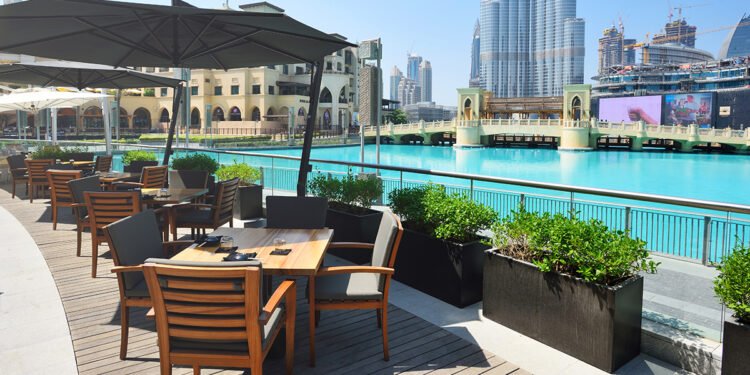Dubai’s restaurant sector experienced a 15 per cent decrease in dine-in orders during Ramadan compared to non-Ramadan periods, according to data released by Syrve MENA.
The figures suggest that residents prefer spending evenings with family rather than dining out during the holy month.
Ramadan boosts deliveries
While restaurants reported fewer sit-down customers, delivery services demonstrated significant resilience. Mall-based venues recorded a 13.6 per cent increase in delivery orders during Ramadan compared to regular periods.
“The average order value across Syrve MENA clients’ restaurants for delivery during Ramadan is AED140.34, while for dine-in, it is AED158.00. While most of our clients experienced decreased dine-in orders, 13.6 per cent of establishments saw a rise in delivery despite slightly lower order values,” Alexander Ponomarev, CEO at Syrve MENA said.
The data highlights distinct ordering patterns based on cuisine type and time of day. Food halls received approximately 26.7 per cent of their orders between 19:00 and 21:00 during the holy month.
Middle Eastern restaurants, which locals prefer for Iftar, saw 51.3 per cent of their total orders occurring between 23:00 and 03:00.
This trend mirrors patterns observed in Saudi Arabia, where restaurants also report peak demand before Iftar and late at night.
Across the MENA region, food delivery orders typically surge between 8:00 PM and 11:00 PM, reflecting the cultural importance of breaking fast together.
The decline in dine-in orders varied by cuisine type: Middle Eastern restaurants saw the steepest drop at 20.6 per cent, followed by Italian (10.8 per cent), Indian (7.6 per cent), and Central Asian (5.1 per cent). Despite this downturn, average dine-in order values increased by approximately 5.3 per cent during Ramadan.
Traditional dishes dominated Ramadan orders, with Samosas, Mahshi, Knafeh, Opor Ayam, and Rendang being popular Iftar choices.
The shift in dining habits reflects broader cultural trends during Ramadan. Statistics show that 54 per cent of consumers in Saudi Arabia and the UAE plan to share more meals with family and friends during the period, while 41 per cent of UAE residents expect to increase their spending.
Online grocery sales are projected to rise by 52 per cent, indicating a growing preference for home-cooked meals during the holy month.










